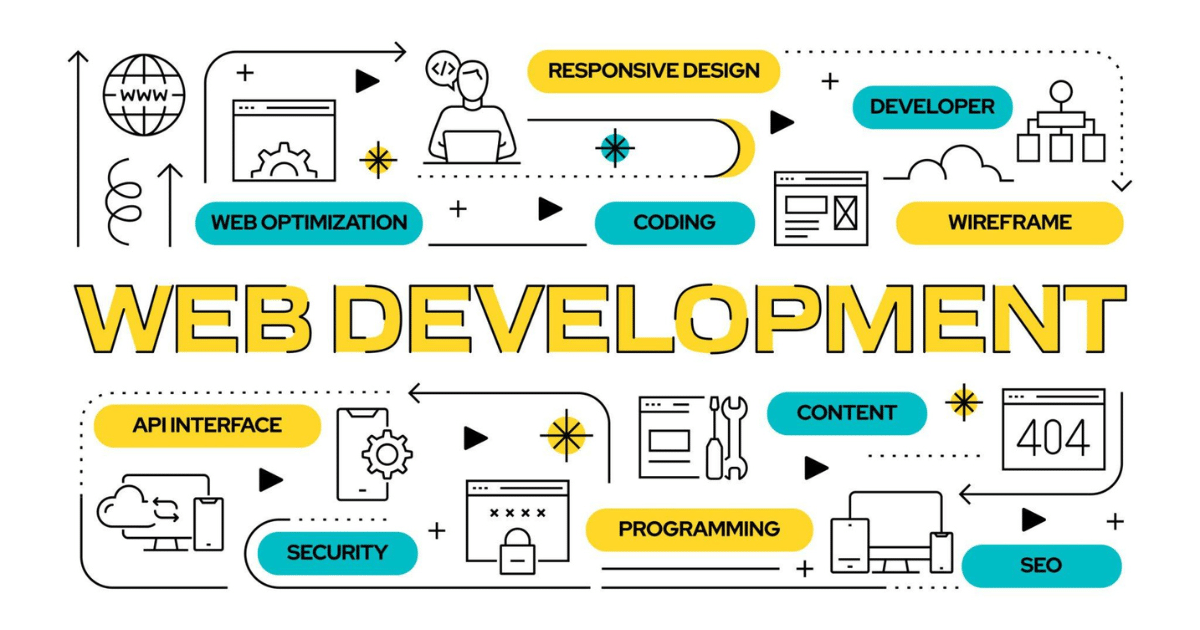As a web designer, I always keep certain best practices in mind when creating websites.
There are some key principles I follow to ensure an effective, user-friendly experience across devices.
In this post, I want to share my list of do’s and don’ts for crafting well-designed sites.
Table of Do’s and Don’ts of Web Design
| Do | Don’t |
|---|---|
| Provide a consistent experience across devices | Make users wait for content to load |
| Design clear, simple navigation | Open internal links in new tabs |
| Change color of visited links | Let ads overshadow content |
| Make pages easy to scan visually | Hijack scrolling |
| Double check links work | Autoplay videos with sound |
| Make clickable elements obvious | Sacrifice usability for beauty |
| Use blinking elements |
Do’s
Provide Consistent Experience Across Devices
First and foremost, I provide a consistent experience regardless of the device.
Visitors should be able to easily navigate and find what they need whether they’re on desktop, mobile or anything in between.
Design Clear, Simple Navigation
Another top priority is designing clear, simple navigation.
I aim for the simplest site structure possible with self-evident menu options. Consistency across pages is also key.
The navigation on the home page needs to match all other pages.
Change the Color of Visited Links
I also make sure to change the colour of visited links. This helps users avoid unintentionally revisiting the same pages repeatedly.
Knowing past and present locations makes it easier for visitors to decide where to go next.

Make Pages Easy to Scan
Regarding layout, I designed my pages to be easy to scan visually.
Proper visual hierarchy draws the eye to important elements like titles, forms and calls-to-action first.
Double Check All Links Work
On the technical side, I double-check that all links work as expected.
Broken links that result in 404 errors frustrate users quickly.
Make Clickable Elements Obvious
Additionally, I ensure clickable elements are visually obvious through signals like underlining, buttons and changed cursor icons.
Visitors need to distinguish static content from interactive elements easily.
Don’ts
Don’t Make Users Wait for Content
Now, let’s move on to some don’ts.
I avoid making users wait for content to load. Attention spans are short, so slow sites lead to abandoned visits.
Don’t Open Internal Links in New Tabs
I also don’t open internal links in new tabs, which turns off the expected back button behaviour.
Don’t Let Ads Overshadow Content
Another no-no is letting ads overshadow primary content.
Anything banner-like often gets ignored due to banner blindness.

Don’t Hijack Scrolling
I also never hijack scrolling through effects like parallax or fixed points. This takes control away from users as they browse.
Don’t Autoplay Videos with Sound
Finally, auto-playing media with sound is a big don’t. I only use muted autoplay for videos if necessary.
Conclusion
By keeping these do’s and don’ts in mind, I can craft engaging, user-friendly website experiences.






